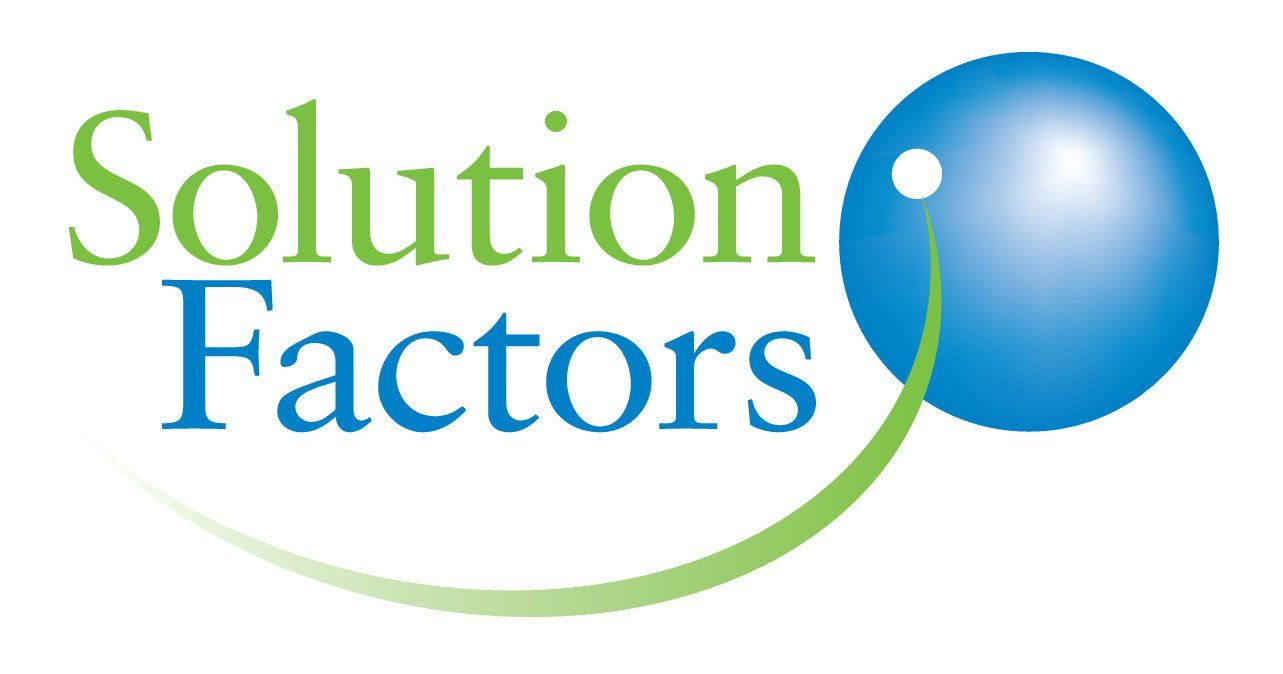Check Your Online Donor Journey
Solution Factors • March 17, 2025
Check Your Online Donor Journey
The charities
I help as a Marketing Consultant often want to increase their online fundraising. Usually, the charity’s cause-related messages are polished and the first 90% of the donor’s journey is slick…
Check the fundraising copy on your donation page
Sometimes the fundraising copywriter stops writing copy before the end of the donor journey and the donation page is set up by someone with a different skill set. In these instances, one or more of these things usually happen.
Keep the tone of voice in your fundraising copy consistent
Sometimes you will notice a marked change in the tone of voice or the style of charity messages at the end of the donor journey. Again, this is usually because the charity’s fundraising copywriter didn’t write the text in or around the fields of your online donation form.
• donation amounts and frequency
• the number of charity communication opt-ins
• the amount of data required before the donor could make a payment.
What does your donation page’s data collection ethics say about your charity?
Today, people guard their personal information and are often reluctant to enter it all in an online donation form. In terms of fundraising, collecting too much data means it takes longer for a prospective donor to make their first online donation on your website.
Admittedly, I’m normally impatient when making an online donation myself. Inefficient processes sometimes bring my donor journey to a premature end, as I might close the browser before completing it.
I’m always happy to provide my address for Gift Aid, but should charities be also asking for my various phone numbers and email addresses? I don’t mind giving one email address, but any more than that is too much (and doesn’t follow GDPR in terms of data minimisation).
Is your online donor journey easy?
When I’m wearing my Charity Marketing Consultant
hat, I always check how good a charity’s online fundraising is by quietly following the donor journey to the end. Often, the donor journey is easy, but sometimes it’s almost impossible.
Here’s my favourite example. I was trying to make an online charity donation as a memorial. As well as having to fill in too many unnecessary fields (against both my will and GDPR) and completing 14 captcha tests due to a fault on the website, I received various warnings because the online transaction facility had not been kept up to date. I called my bank, which confirmed that the charity had let its website’s donation pages fall too far below recommended security levels. In other words, they had not applied security updates.
Nobody in senior management, or the fundraising and communications team, was aware of this.
These are just a few real-world examples of the impact that mistakes can have on donor journeys. If you run a charity and would like me
to check your donor journey, contact me.

Building Momentum Through Business Vision As the business and charity landscape morphs into its new normal after two years of upheaval, many directors want to reinvigorate their business strategies and vision. As a marketing consultant and external marketing director, I’m frequently included in these discussions and thought it would be helpful to share some suggestions.

I’ve spent more than 20 years providing PR and marketing services to companies and charities. Simon Badman, an associate, recently suggested that I write a blog post to explain how I help make success happen from behind the scenes. I’ve always got away with putting other people in the spotlight rather than myself. But now the time has come for me to step out and take a bow, to introduce my updated, redesigned website… It even includes my photo. I unashamedly publicise my clients ’ successes using my PR and marketing services, over my own public profile.

